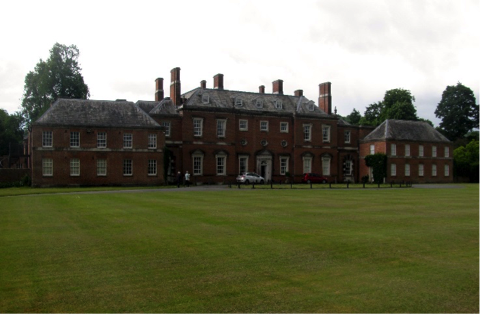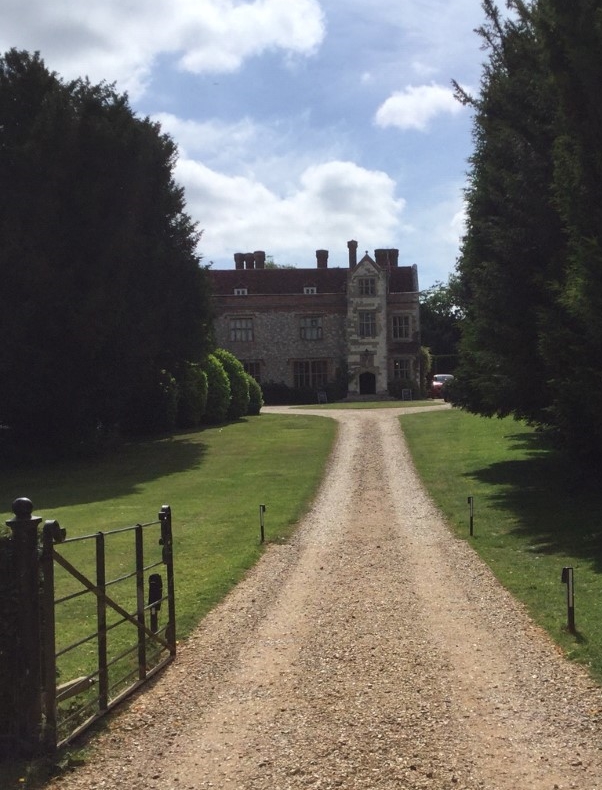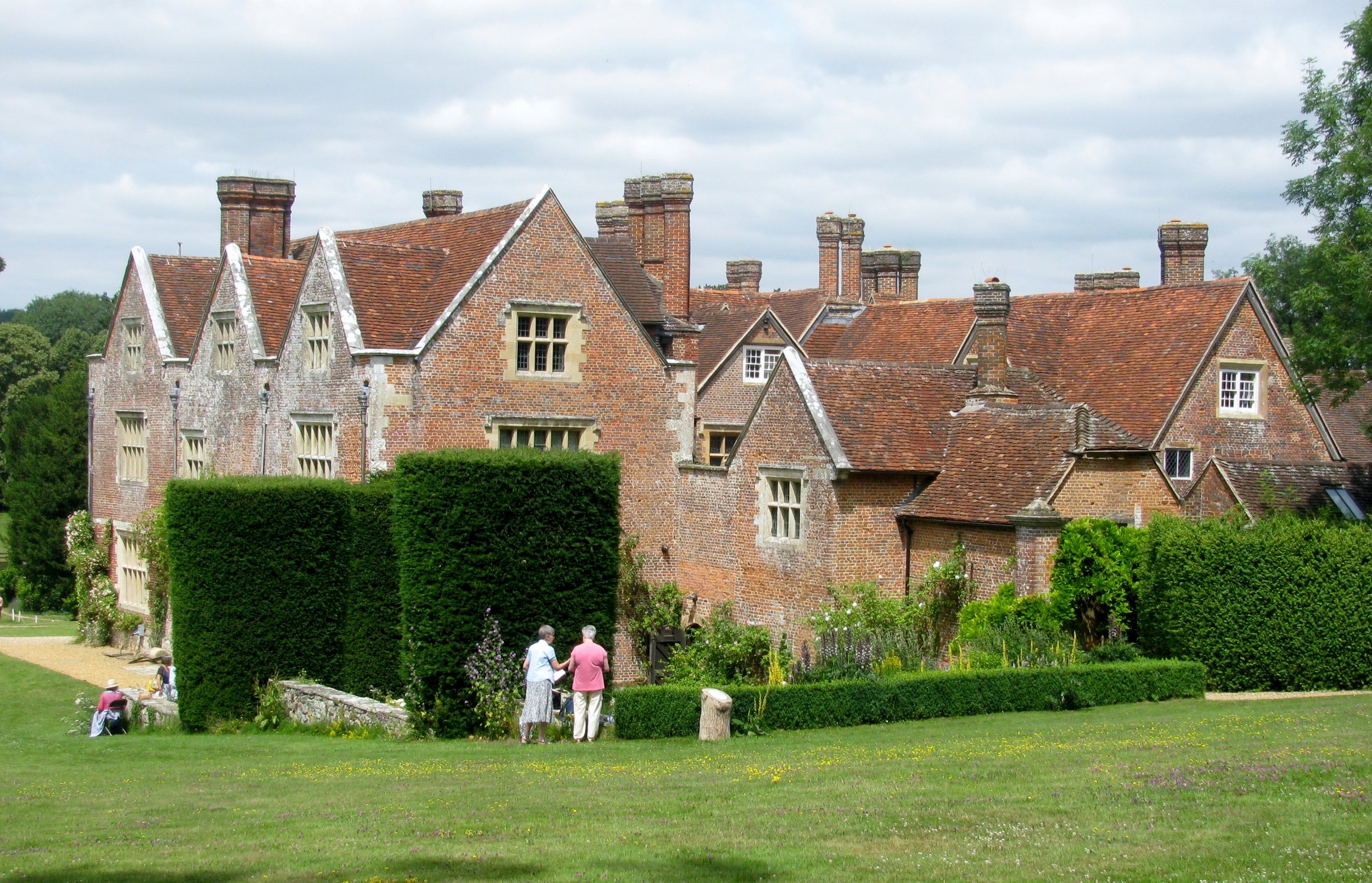My biography of Fanny Palmer Austen is now two years old. Let me share with you some highlights of Fanny’s life to date. Happy Second Birthday, Fanny.
Click on the images below and then hover your mouse over them to learn more about the highlights of Fanny’s life so far.
View fullsize
![Previewed & Launched]()

Previewed & Launched
View fullsize
![Described & Discussed]()

Described & Discussed
View fullsize
![Poster Girls]()

Poster Girls
View fullsize
![Transported]()

Transported
View fullsize
![Signed]()

Signed
View fullsize
![Paperbacked]()

Paperbacked
View fullsize
![Web paged]()

Web paged
View fullsize
![Prized]()

Prized
View fullsize
![Reviewed]()

Reviewed
View fullsize
![Book Grouped]()

Book Grouped
View fullsize
![Blogged About]()

Blogged About
View fullsize
![Back in Austen land]()

Back in Austen land

































